Cease and Desist Debt Collection Letter Template
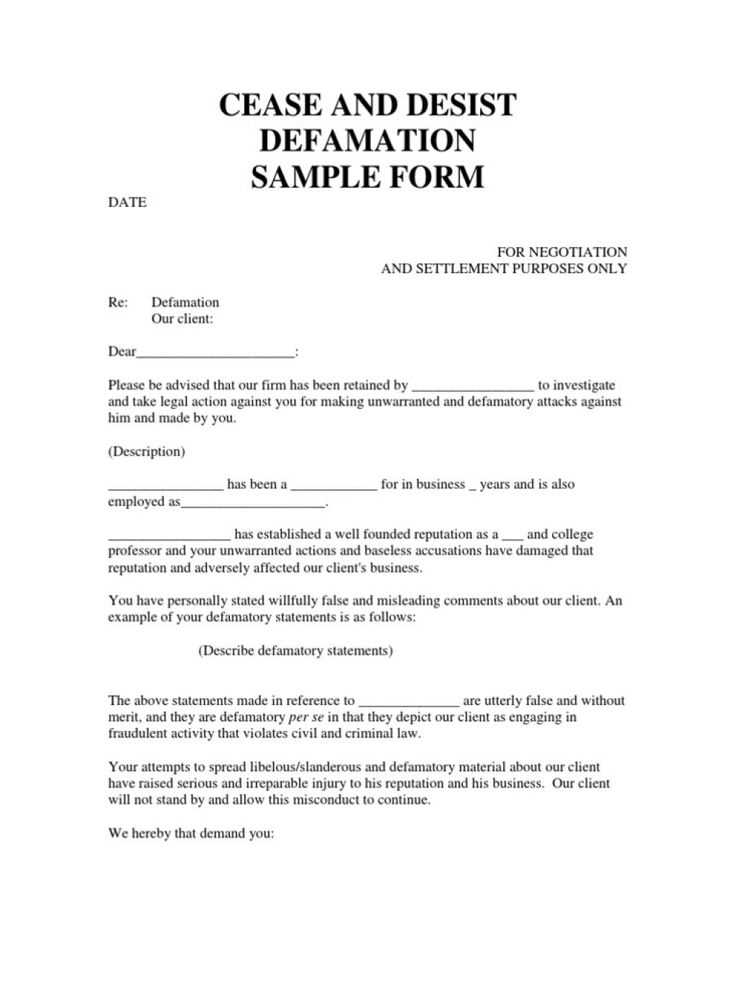
When facing persistent requests for payment that you believe are unjust or illegal, taking a stand with a formal communication can offer significant relief. This type of action allows individuals to assert their rights and bring an end to intrusive contact. A clear, structured response is the most effective way to prevent further harassment and ensure that your wishes are respected.
What Is the Purpose of Sending a Formal Request?
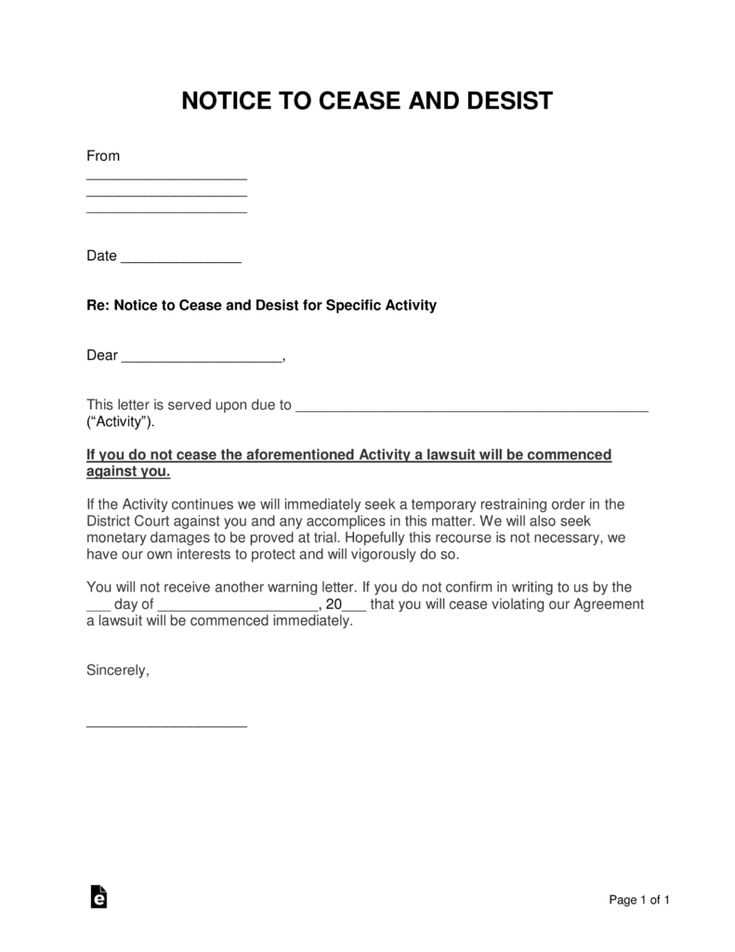
Sending a formal document helps notify the requesting party that further attempts to reach out regarding the matter will not be tolerated. It serves as a clear indication that you are aware of your legal rights and expect them to be respected. This action is a way to protect yourself from ongoing pressure while maintaining a professional approach to resolving the situation.
Key Elements of a Professional Request
- Clear identification: Include your full name and relevant account information to ensure the receiver knows exactly who the communication pertains to.
- Direct request: State unequivocally that you no longer wish to be contacted, along with a request for them to cease any further action on the matter.
- Legal reference: Mention any applicable laws that support your request to add credibility and weight to your communication.
- Proof of delivery: It’s important to send the document through a method that confirms receipt, such as registered mail, to ensure that the notice is acknowledged.
Why It’s Crucial to Stay Professional
Although the situation may be frustrating, maintaining a professional tone in your communication is crucial. Avoiding harsh language or threats will help ensure that your request is taken seriously and treated with the respect it deserves. A well-written message demonstrates that you are in control and aware of your legal standing.
Next Steps After Sending the Formal Communication
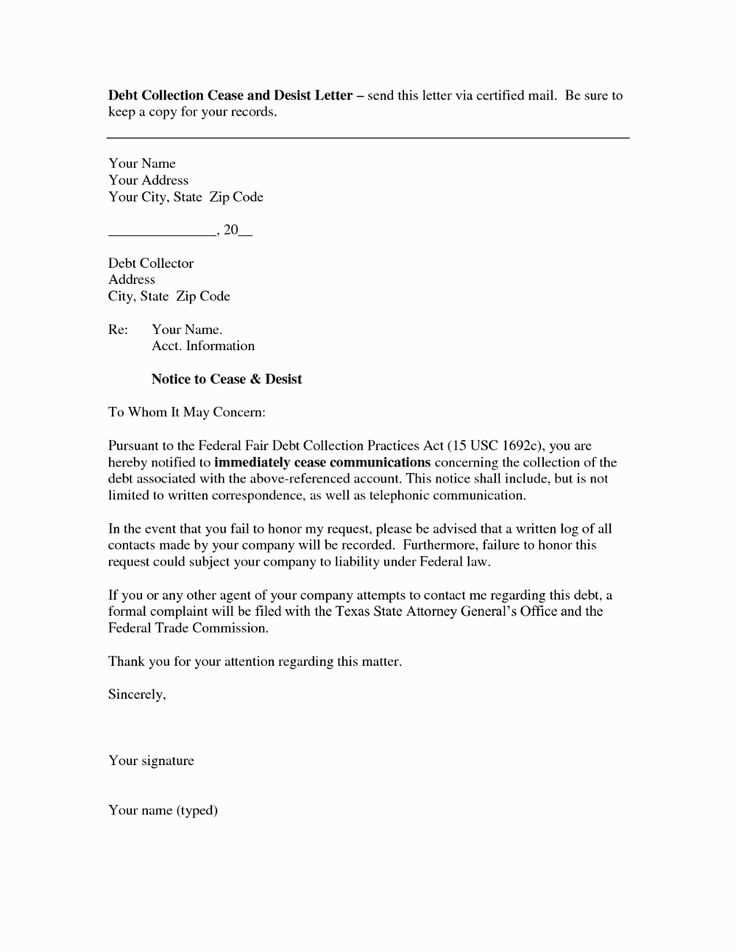
Once the request is sent, the next step is to monitor the situation. If the party continues to make contact, you may need to escalate the matter by consulting with a legal professional. In some cases, taking further legal action may be necessary to enforce your rights and stop the communication. However, sending the initial notice is often enough to stop unwanted attention in many instances.
Why You Should Send a Formal Request
Sending a formal request to stop unwarranted financial demands is essential for protecting your rights. This formal step ensures that you can assert control over the situation and prevent any further harassment or illegal practices from continuing. It provides a clear message that the communication must end, and it can serve as a safeguard against future actions that might affect your peace of mind.
Understanding Financial Requests and Consumer Protections
Financial institutions or third parties involved in requesting payments must follow strict rules that govern their behavior. As a consumer, you are entitled to certain protections under the law. These rules limit how often and in what manner a creditor can contact you. Understanding these regulations empowers you to take the necessary steps to prevent unwanted actions and assert your rights in the situation.
Drafting an Effective Formal Request
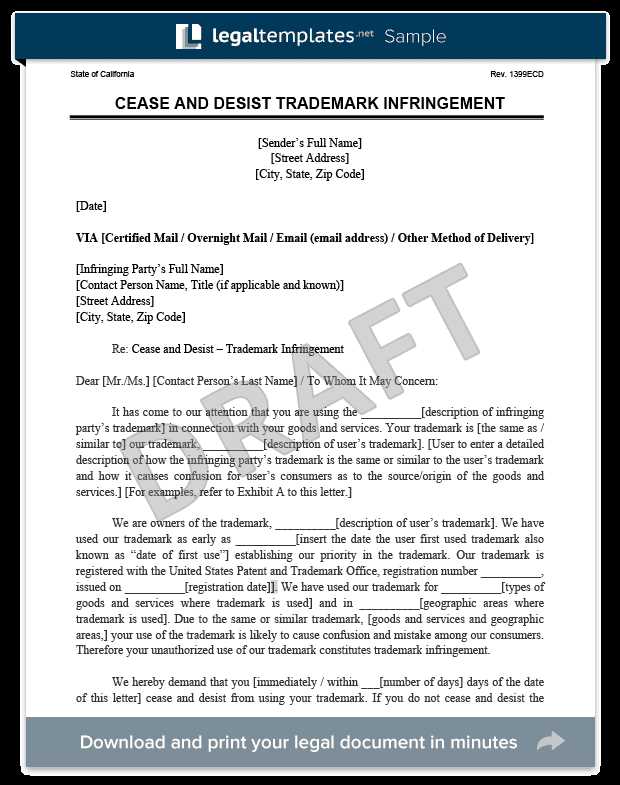
To ensure that your formal request is taken seriously, it is crucial to be precise and clear in your communication. A well-structured request should include your full name, relevant case or account details, a direct appeal to stop all further actions, and a reference to any laws that back your request. The more straightforward and professional the document, the more likely it is that the receiver will comply with your wishes.
Legal Factors to Consider Before Sending the Notice
Before sending the formal communication, it’s important to be aware of any legal factors that may affect your rights. In some cases, specific guidelines may dictate when or how you are allowed to make such a request. Understanding these legal aspects ensures that your action is appropriate and can hold up if challenged. Consulting with a legal professional may be helpful to confirm that you’re taking the correct steps.
Common Mistakes to Avoid in Financial Communications
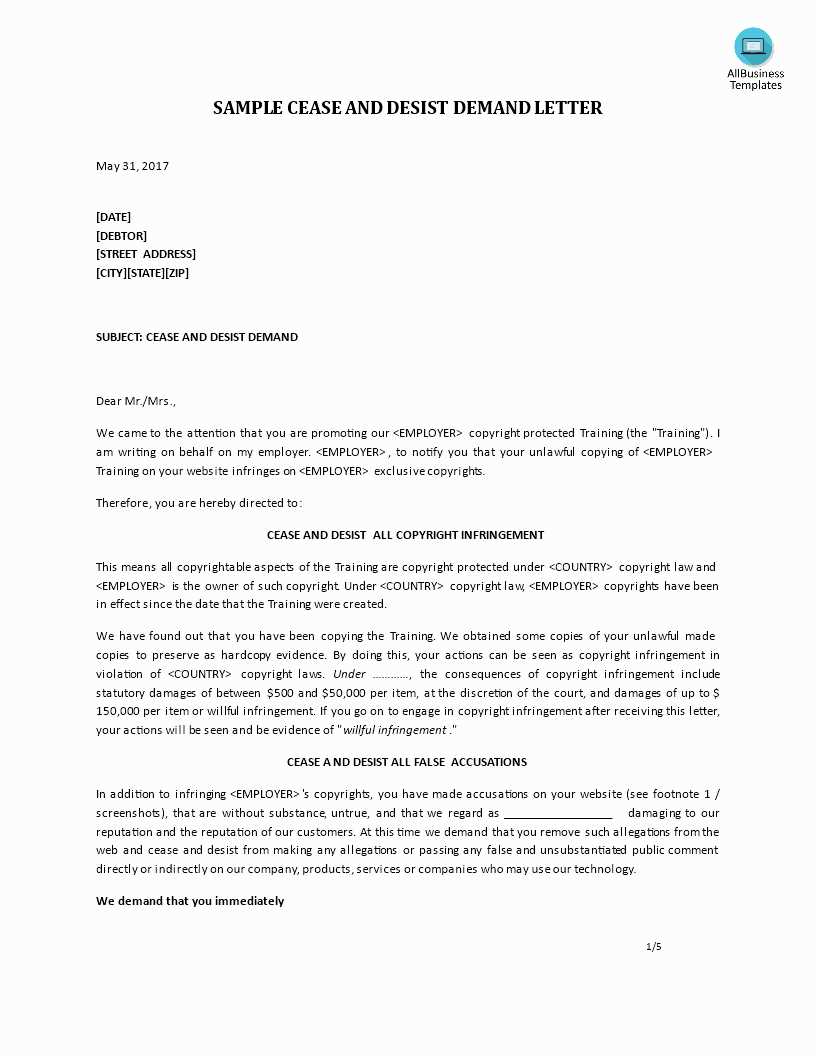
When drafting a formal request, it’s important to avoid common errors that could undermine your position. These may include using threatening language, not providing sufficient details, or failing to properly address the right person or company. Such mistakes can lead to the request being ignored or even dismissed, so being thorough and respectful is key to ensuring the effectiveness of your communication.
What Happens After Sending the Request
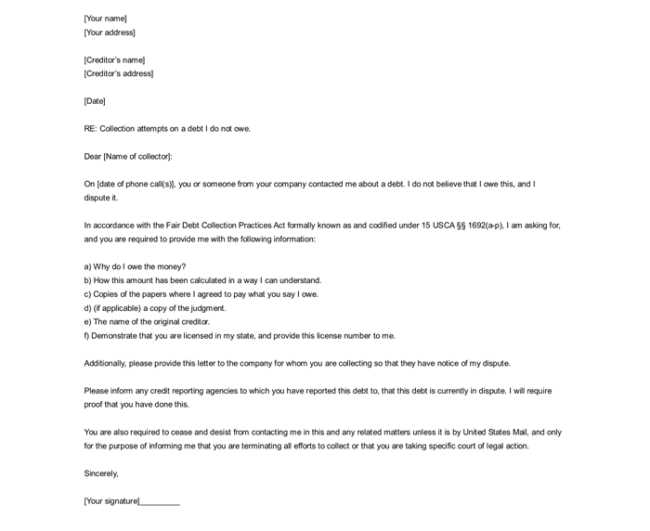
Once your formal communication is sent, you may notice that the unwanted financial requests stop. However, if the requests continue, further legal actions may be required. In some cases, escalating the matter with the help of an attorney or regulatory body could be necessary to stop any continued harassment. But often, the initial action is enough to prevent further contact.